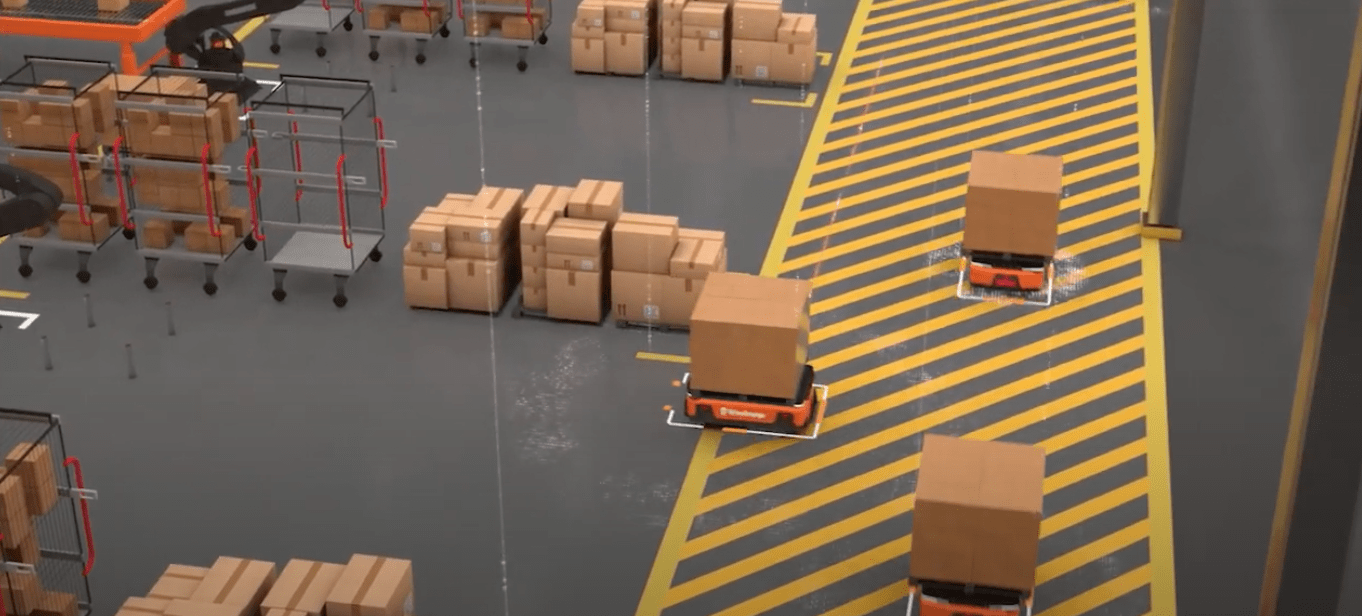


Since the dawn of the Industrial Revolution, manufacturers have been searching for methods of automation that maximize production and minimize cost. Often, this means installing robots at every step of the production process, from fabrication to distribution. However, as technology becomes more sophisticated and markets change on a whim, purchasing new robots at the start of every new technological advancement can be a pricey investment — with no strict guarantee on return.
That is where Robots-as-a-Service (RaaS) enters the picture. Read on to explore what RaaS is and how it can benefit an entire warehouse operation with minimal upfront cost.
Subscriptions: an Alternative to Purchasing
It’s no secret that, in an economy dominated by ecommerce, distribution and fulfillment take a high level of creative genius. Innovation must occur every year to keep up with demand and stay ahead of the inevitable supply chain issues.
This is why software-as-a-service (SaaS) has skyrocketed in popularity in recent years. SaaS utilizes the cloud delivery model of distribution for updating software programs.
In most SaaS models, a software provider will allot access to single copies of an application specifically designed for SaaS distribution and usage to a customer. As updates to this software program are implemented, they are simultaneously updated in each customer’s individual application. The customers, in turn, pay monthly or annual subscription fees for these updates. Basically, it is a subscription to a software application.
The appeal for such a service lies in the reasons that subscriptions in other areas are popular, such as entertainment. They are cheaper than buying programs individually, require less maintenance work than storing each program on a local server, and they offer simple ways to update as bugs are fixed, and additional features are added.
Moving from SaaS products to RaaS has been a long road in the warehouse industry.
As with most things, money is the harbinger of change in how warehouses select machines to be purchased and installed. As previously mentioned, with each passing year, it gets more difficult to remain ahead of the latest technological trends and advancements and still break even at the end of the fiscal year, never mind make a profit. After all, with robots ranging in price from $30,000 to $150,000 per machine, it may take time to witness a significant return on investment — time that ultimately contains more progress and newer technologies.
To combat the seemingly instant obsolescence of new machines, some warehouses have turned to multi-robot orchestration, in which robots from multiple vendors are utilized in the same process. This helps some operations cut costs and decide how efficiency can best be improved in their specific circumstances.
Even with these money-saving strategies, robots require updates and replacements at extremely high rates these days. This puts warehouse owners right back at square one, juggling budgets and goals to ensure that there is still a profit from their robots at the end of the day. With cloud-based updates and other cloud services, you can utilize a closed-loop system to securely update your machines when needed from a single source, limiting downtime, and increasing efficiency.
RaaS takes the successful ideas from SaaS and other subscription services and applies them to the hardware aspects of warehouse operations. RaaS models allow companies, to lease the machines they need without the worry.
The positive effects of such a shift are numerous. Business owners no longer have to concern themselves with the severe upfront costs of buying new machines that will likely only last a few years (if they’re lucky). Maintenance, too, becomes much less of a hassle, as many RaaS providers also offer some maintenance services.
RaaS also allows companies that are primarily at the mercy of the market, such as warehouse operations, to scale up and down as needed. You won’t need the largest, fastest machine if the goods you distribute have taken a dive. This allows smaller companies, who may not have the means to give themselves many mechanized options at a time, to stay in the game, even as supply and demand bob and weave.
RaaS appears to be growing in popularity, with a projected $34 billion generated by installation by 2026.
The main challenge for RaaS models in the years to come is customization. RaaS manufacturers and distributors may be hard-pressed to put resources towards making the necessary specifications for businesses that are guaranteed to return the machines in due time.
As the saying goes, “all good things take time.” The same is true for RaaS.
For up-to-date information about RaaS and distribution process improvement, you can rely on GreyOrange.